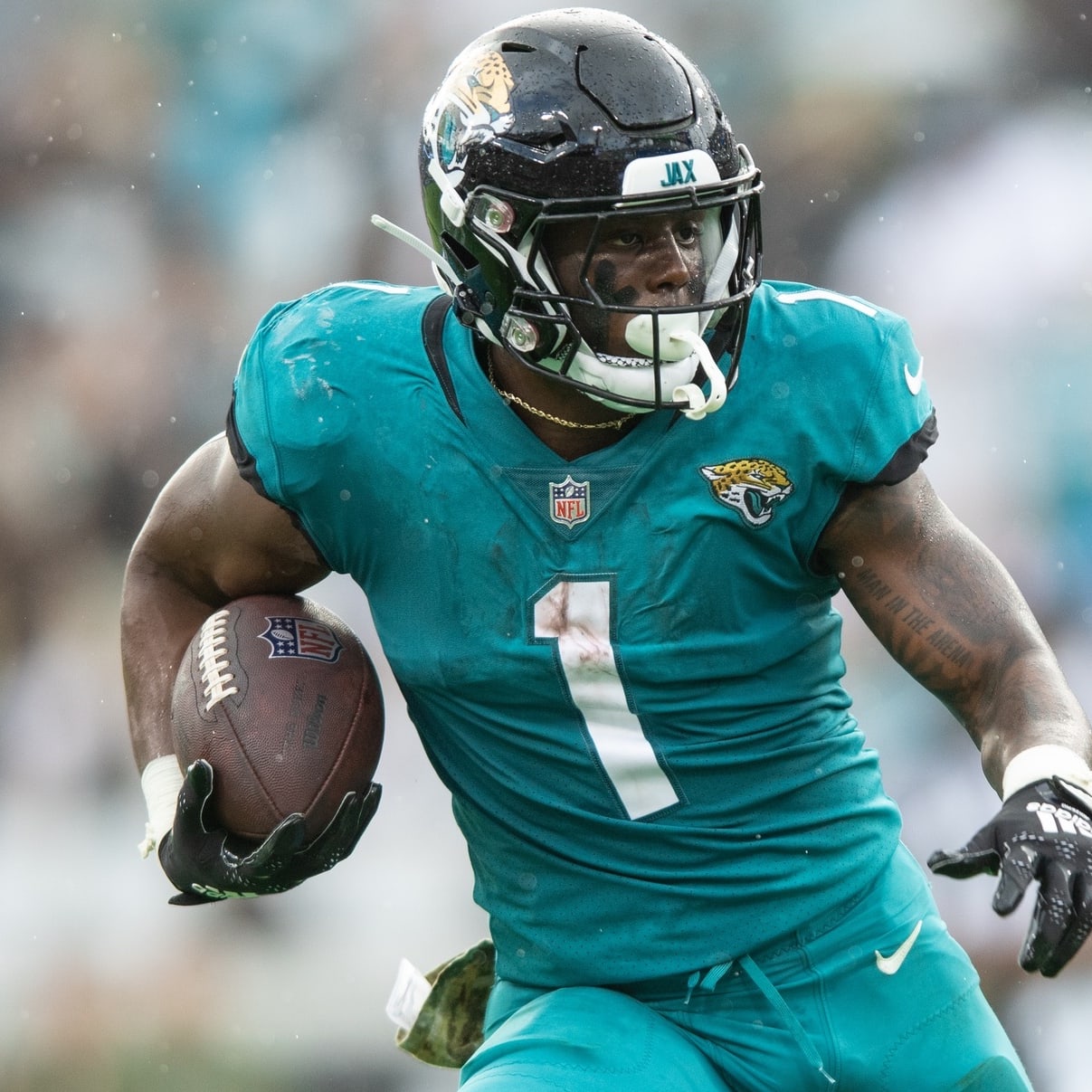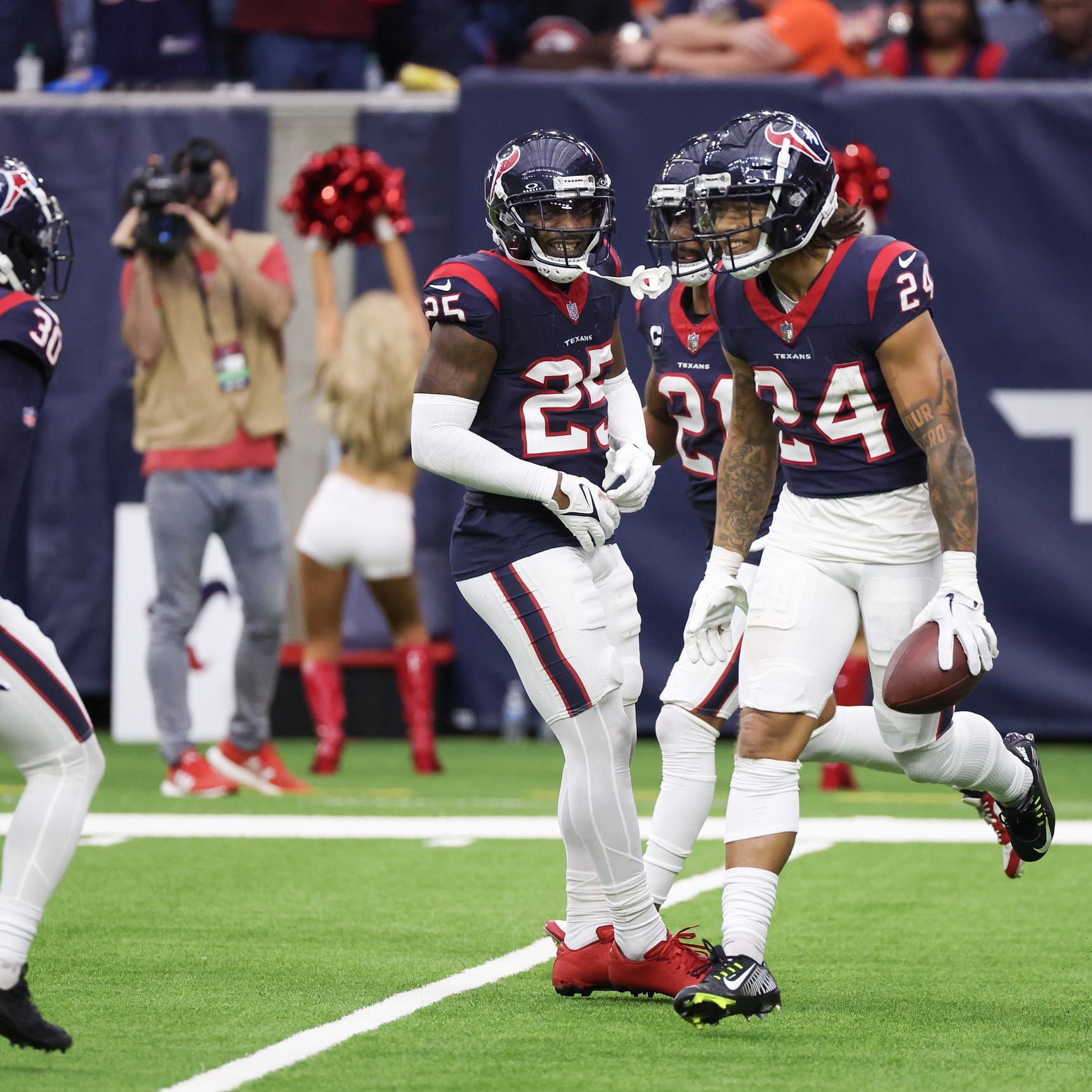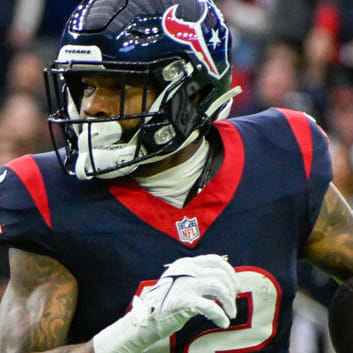This article is part of our According to the Data series.
The Start of a New Fantasy Football Draft Value Chart
Last summer, I began to break down the relative value of each draft slot in an effort to determine if selecting near the top, middle or bottom of drafts has any inherent value over large sample sizes. The results seemed to indicate that selecting near the top or bottom of snake drafts is more advantageous than picking in the middle.
Either way, that article planted a seed which is just finally beginning to grow: make a new fantasy football draft value chart. NFL teams use draft charts all of the time to make trades. The charts are based off of historic NFL production, and they provide a foundation for teams to make moves on draft day.
There are also some fantasy draft value charts out there, but fantasy football is such a fluid game I think it makes sense to update the charts every year. More importantly, it's difficult to determine just how accurate these charts really are. One reason is there are a bunch of ways to measure "value." Is a player's value the number of total points he scores? His points per game?
Further, fantasy football lineups contain a finite number of roster spots, meaning we can't just replace the production of one player with that of two. A player who scores 300 points in a season is far, far more valuable than two who score 150 points each. Even the total points for two pairs might not
The Start of a New Fantasy Football Draft Value Chart
Last summer, I began to break down the relative value of each draft slot in an effort to determine if selecting near the top, middle or bottom of drafts has any inherent value over large sample sizes. The results seemed to indicate that selecting near the top or bottom of snake drafts is more advantageous than picking in the middle.
Either way, that article planted a seed which is just finally beginning to grow: make a new fantasy football draft value chart. NFL teams use draft charts all of the time to make trades. The charts are based off of historic NFL production, and they provide a foundation for teams to make moves on draft day.
There are also some fantasy draft value charts out there, but fantasy football is such a fluid game I think it makes sense to update the charts every year. More importantly, it's difficult to determine just how accurate these charts really are. One reason is there are a bunch of ways to measure "value." Is a player's value the number of total points he scores? His points per game?
Further, fantasy football lineups contain a finite number of roster spots, meaning we can't just replace the production of one player with that of two. A player who scores 300 points in a season is far, far more valuable than two who score 150 points each. Even the total points for two pairs might not add up; a pair of players who score 350 points and 50 points, respectively, is probably more valuable than a pair with 200 points each. But by how much? We need to determine the incremental value of each jump in fantasy points and how the total production of two players compares to that of one. That's hard to do.
There are so many factors that go into making an accurate draft value chart that I must concede I'm not entirely sure how I should go about it. One thing I know is we don't want to use total fantasy points as a scale for value. A running back who scores 100 points doesn't have any value to your team - actually, he'll cause you to lose if you continually start him - so we have to judge value in some other way.
For the purposes of creating the chart, I'll use Pro Football Reference's VBD calculations. VBD is a form of "value over replacement player" in which you subtract the points for a "baseline" player from each player's total points. The baselines are the No. 12 quarterback, No. 24 running back, No. 30 wide receiver, and No. 12 tight end. There are probably issues with VBD like any other value metric, but it does a better job of capturing "usable" value for fantasy owners; the VBD for the No. 12 quarterback or No. 30 wide receiver would be 0. That seems about right considering those players - or the guys ranked behind them - really offer little worth to fantasy owners.
The Numbers
I graphed the VBD for all players chosen in the top 24 from 2008 to 2012.

The value of the top two overall selections has been higher than for any other picks. That fits well with my previous research and suggests that in most drafts, there are a handful of elite prospects and then a big drop to the second tier.
Still, the graph is a bit scattered and there doesn't appear to be a major drop over the first two rounds. Below, I sorted the results into four-selection increments.

Here, you can see that the VBD drop is pretty linear. The average VBD for the top four picks has been close to 80 - around twice that for picks 21 through 24. As I mentioned, however, that doesn't mean that two picks at the end of the second round are equivalent to one at the top of the first. Actually, we now have a foundation from which to begin to build our chart since we know that the No. 1 overall selection is worth more than the No. 23 and No. 24 picks combined.
More to come.
Jonathan Bales is the author of the Fantasy Football for Smart People series. He also runs the "Running the Numbers" blog at DallasCowboys.com and writes for the New York Times.










